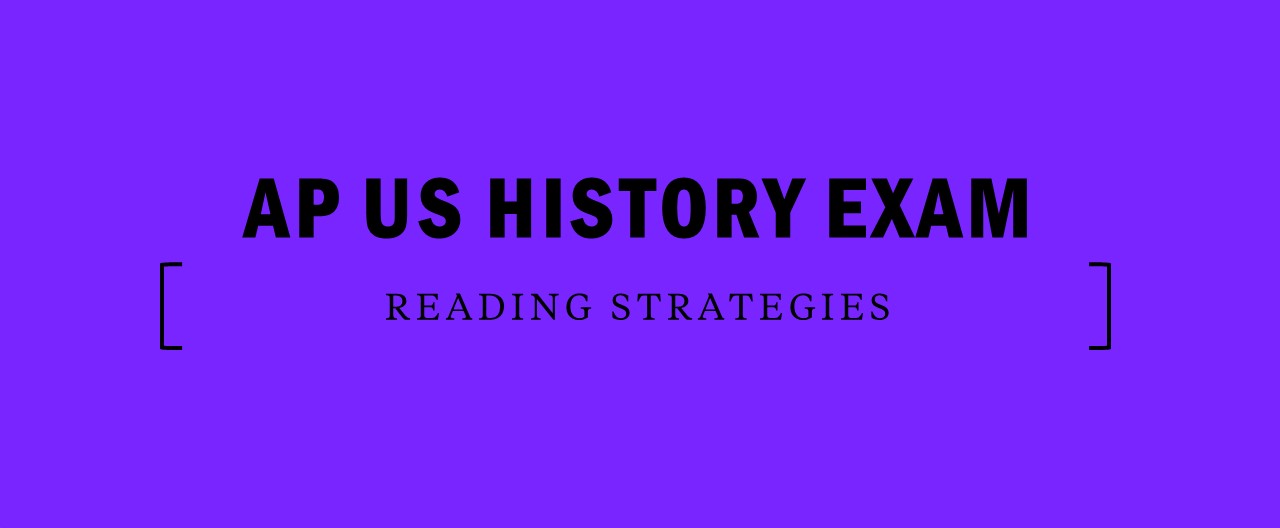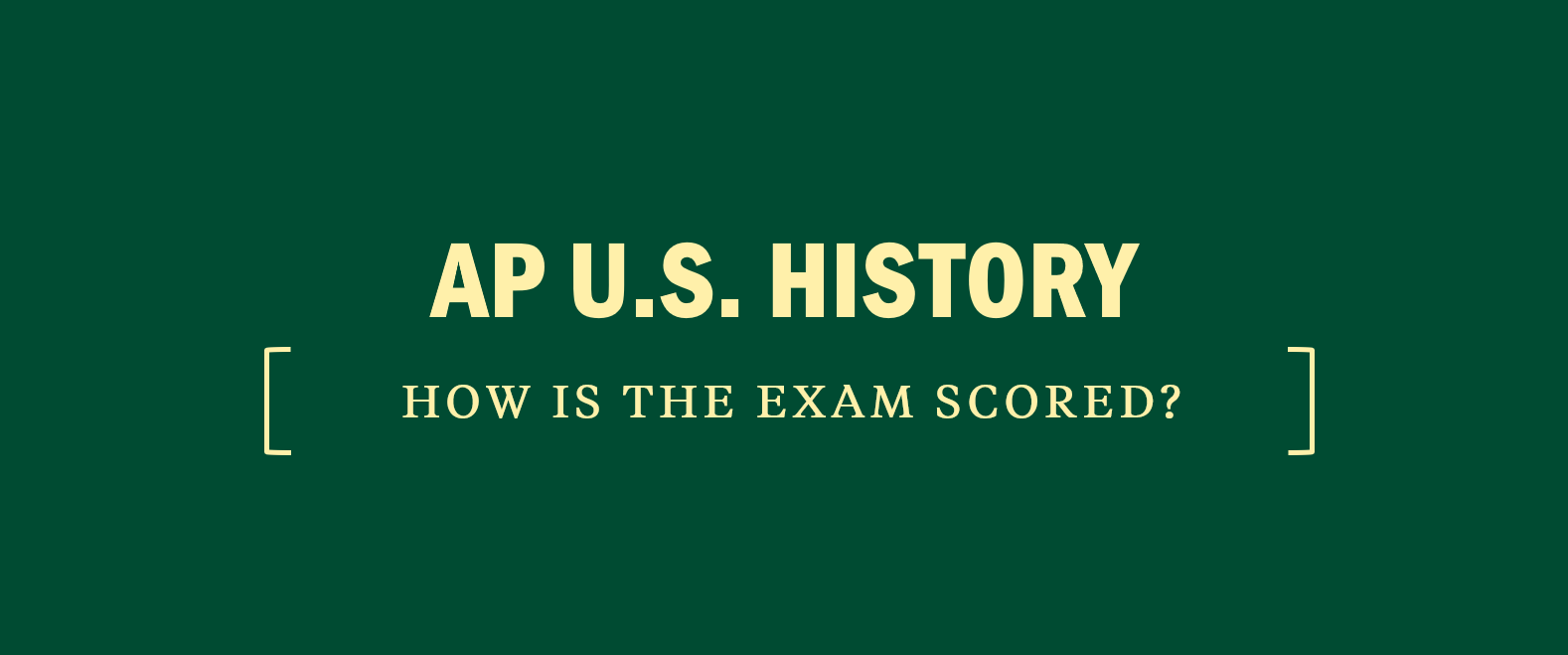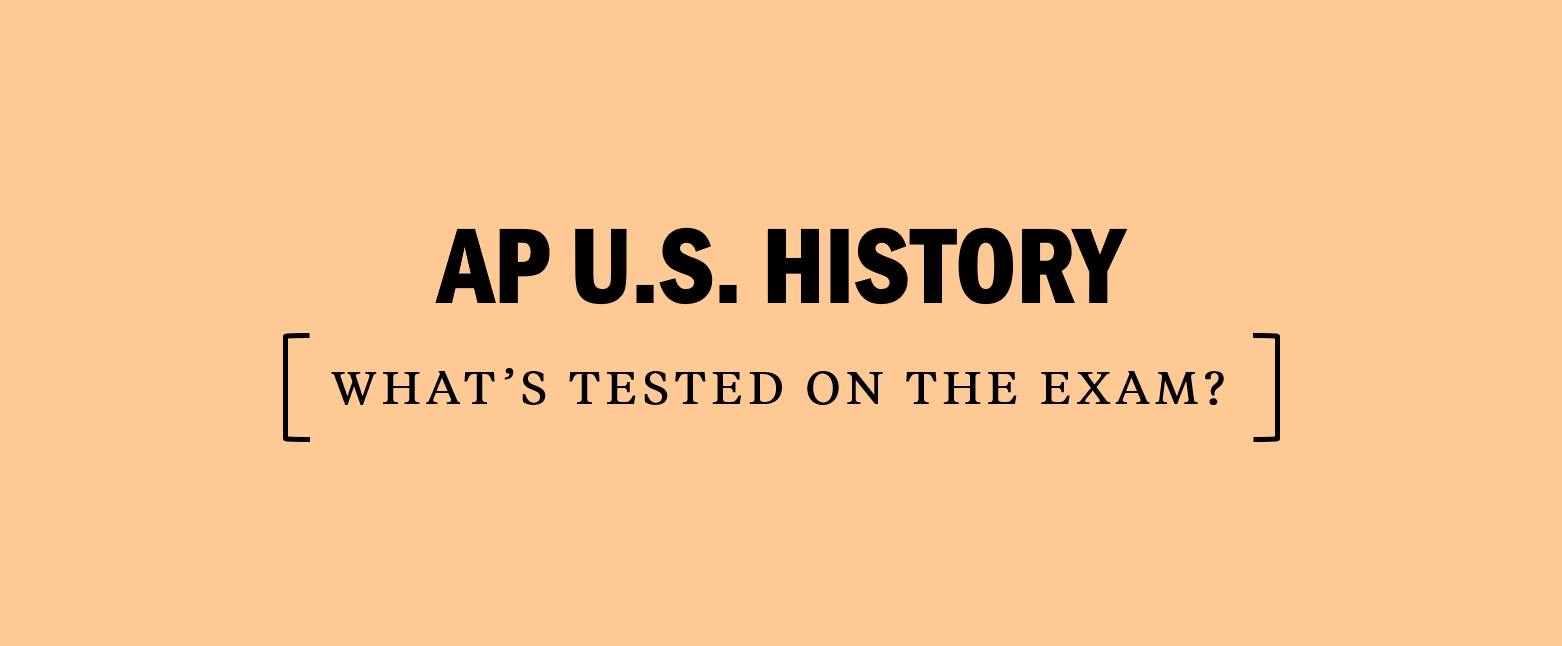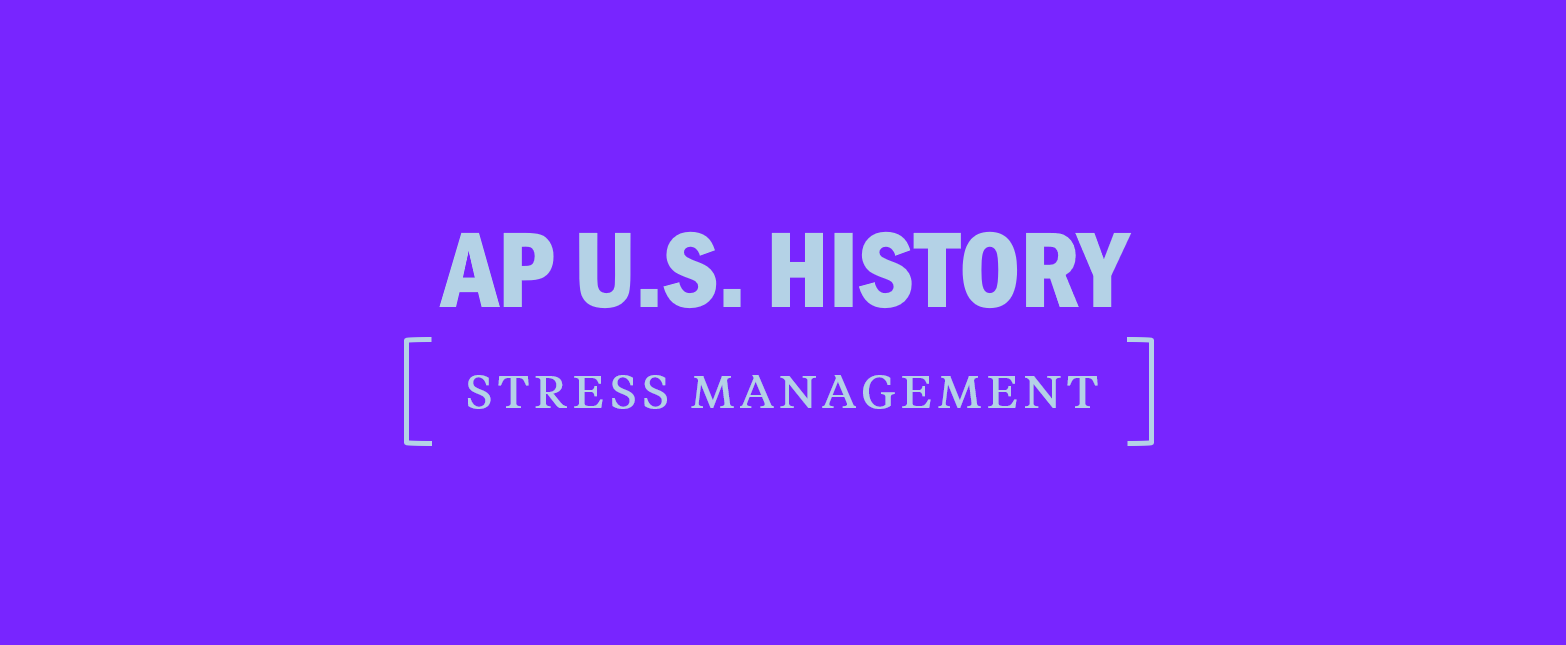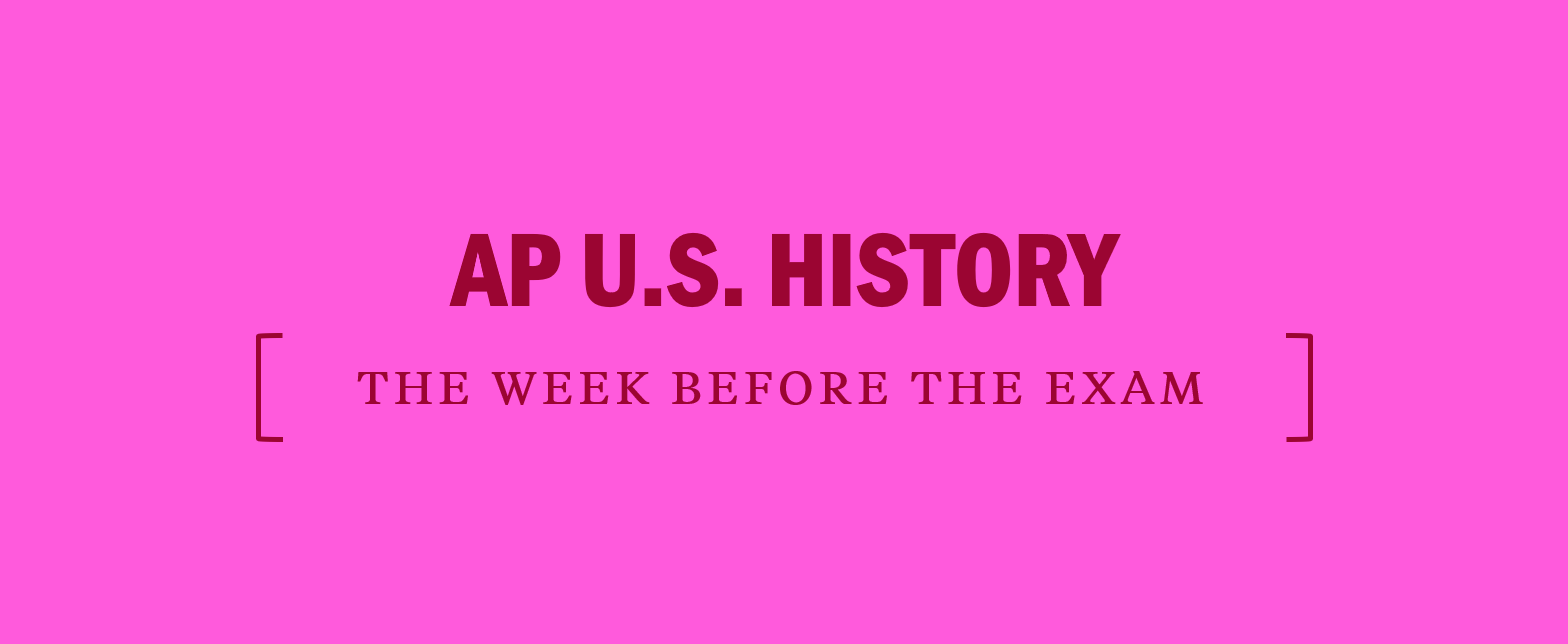Reading Strategies for the AP U.S. History Exam
Students new to AP history courses often struggle with the sheer amount of reading required to learn the material. Some instructors break the reading up into chunks of 10 to 15 pages a night, while others may assign an entire chapter in one sitting.
Depending on your school schedule, the text you use, and the assignments your instructor gives, you must develop a system for completing your reading. This is an area of difficulty for many AP students, but with active reading strategies, you can finish your reading and comprehend the material.
Active Reading
No matter whether you have 10 pages to read every other day or an entire chapter to read in a week, it is critical that you actively engage with your textbook. In AP U.S. History, it is not acceptable to read passively. By this, we mean that you must interact with your text by taking notes, asking questions, and summarizing. It is also not enough for most students to read the material once and only once.
You must build time into your schedule for “rehearsal” of the material you have read—you must review your reading at a time well removed from your first read. This may be the next day, or in two days, or in a week, depending on your schedule.
Remember that cramming material in the weeks before the exam will not improve your chances of scoring well. Only consistent and deliberate study of your material throughout the year will pay off.
Before we begin discussing specific strategies for daily reading, take a moment to reflect on how you read assigned material.
How To Build Active Reading Strategies for AP US History Exam
Let’s take a look at some ways you can build active reading strategies into your daily homework routine.
Umbrella Questions
Have you ever wondered how your instructors or test developers come up with exam questions? We’ll let you in on a secret: Predicting multiple-choice or essay questions is as easy as opening your textbook. History texts are written in a very predictable formula. At the beginning of every chapter, you will find a short summary or introduction. Some authors like to “tease” you with an interesting fact or entertain you with flowery language.
Other authors prefer to offer you chapter objectives or a glimpse of what will be covered in the pages that follow. In either case, the authors of your text provide you with clues to the important concepts that will be discussed within the text.
Next comes the body of the chapter. Have you ever noticed that there are clever headings for each section of text? Again, the authors are providing you insight into the importance of the arguments that will follow.
Finally, to wrap things into a neat package, the authors will provide you with either a chapter summary or a conclusion. Can you connect the summary or conclusion with the objectives, chapter introduction, and section headings? If you answered yes to these questions, then you have already discovered the magic of the textbook formula. Let’s look at a reading strategy that utilizes the textbook formula to assist you in comprehending your reading assignments.
THE HIGHLIGHT REEL
Highlight key phrases! Your life will be much easier when you need to go back and review text later. If you can’t highlight in your textbook, try sticky notes.
Turn the objectives, headings, and conclusion into questions before you read the chapter. For example, if your textbook has a heading for a section called “The Impact of Dred Scott,” your question initially might be “What was the impact of Dred Scott?” Write this question down in your notes before you read the text itself. Do the same for every other heading.
Now, read each section that covers each question you have created. Is your question exactly answered by the text you have just read? For our previous example, we may read the section and decide that “What was the impact of Dred Scott?” is not specific enough to cover the important discussion in the section. We may decide to change our question to “What impact did the Dred Scott decision have on sectional tension?” depending on the text. This question can be answered with more depth and analysis than our previous question.
Simply identifying what the impact is won’t be enough for the AP exam, however. By connecting the Dred Scott case to a greater historical theme, you will begin making the associations that will score you points on the exam. While you can easily pick out the broader historical themes in your textbook by looking at chapter titles, it’s the specific analysis that leads to mastery.
The next step is to answer the questions you have created for each section of text. If you have trouble answering your own questions, you may need to revise the questions or reread the section. Your last step is to predict a possible essay question that might come from each section.
Then, write an overarching umbrella question that ties all your questions together to cover the entire chapter or era. Try to use academic terms to construct your question like the the AP U.S. History sample prompts you will find throughout this book. Can you answer this question by using the evidence you have collected from the answers to all of your smaller umbrella questions?
Now you have a study guide for your assigned AP US History reading that contains questions for each portion of the text, answers to those questions, and a broad, overarching question similar to an AP essay question.

